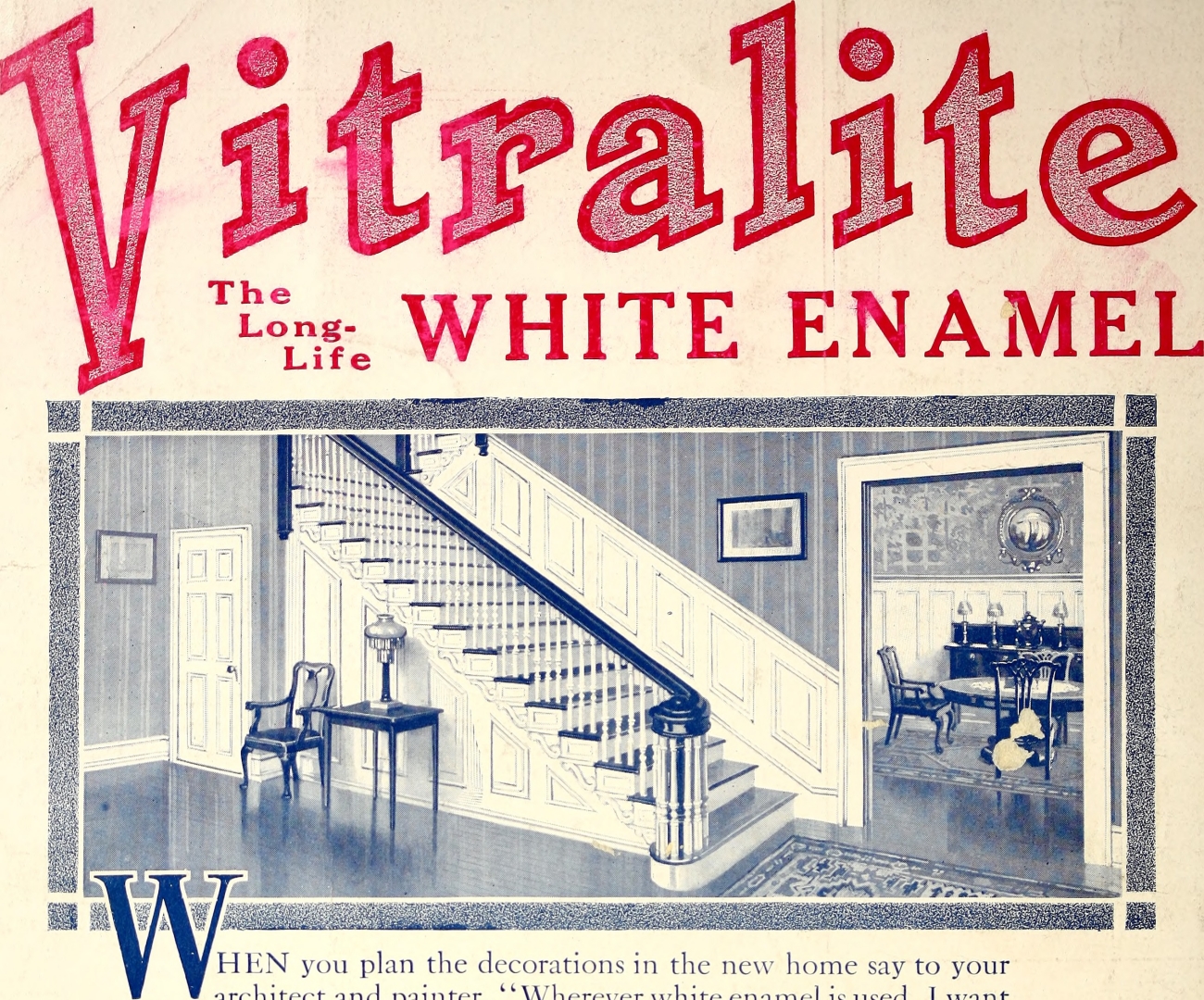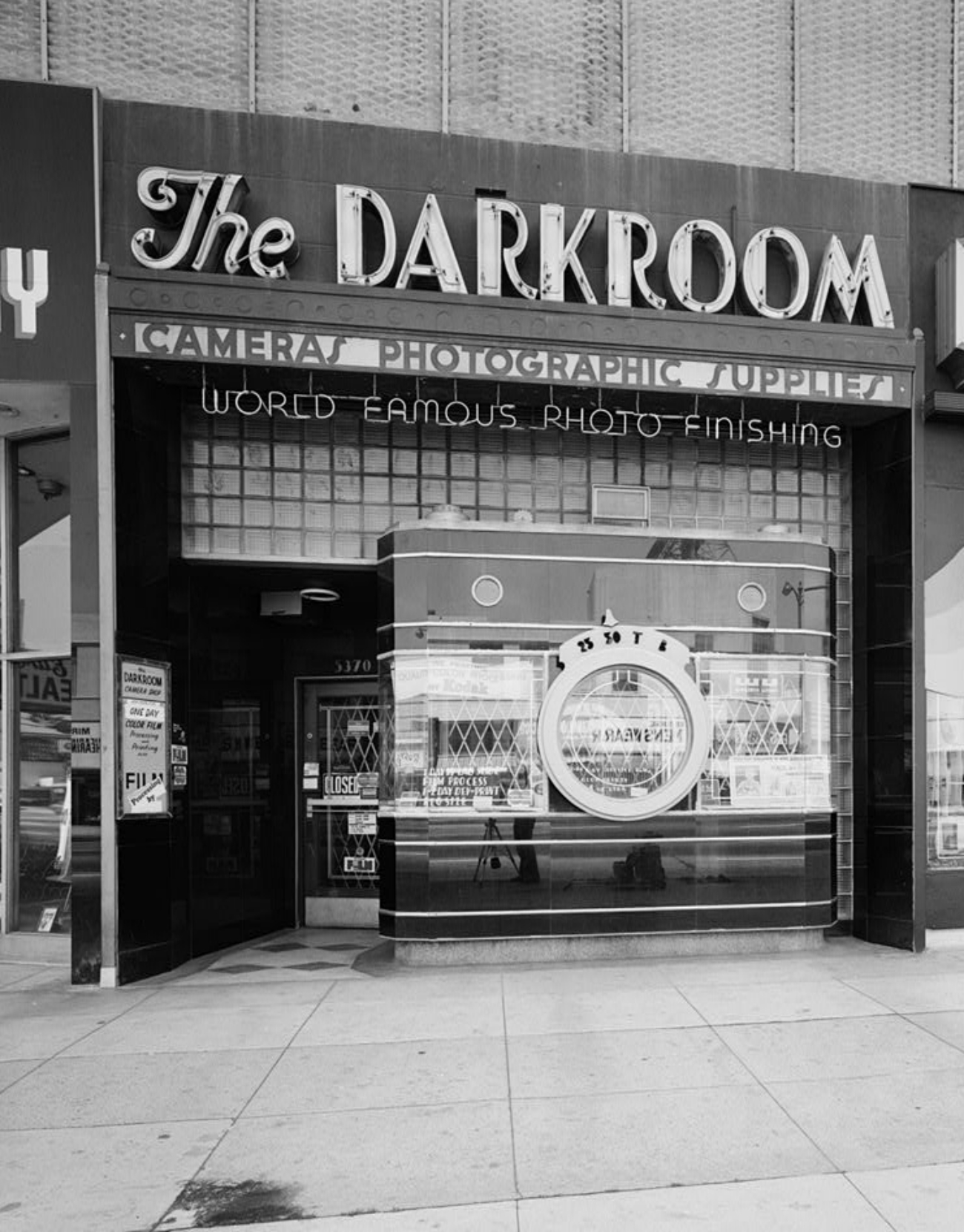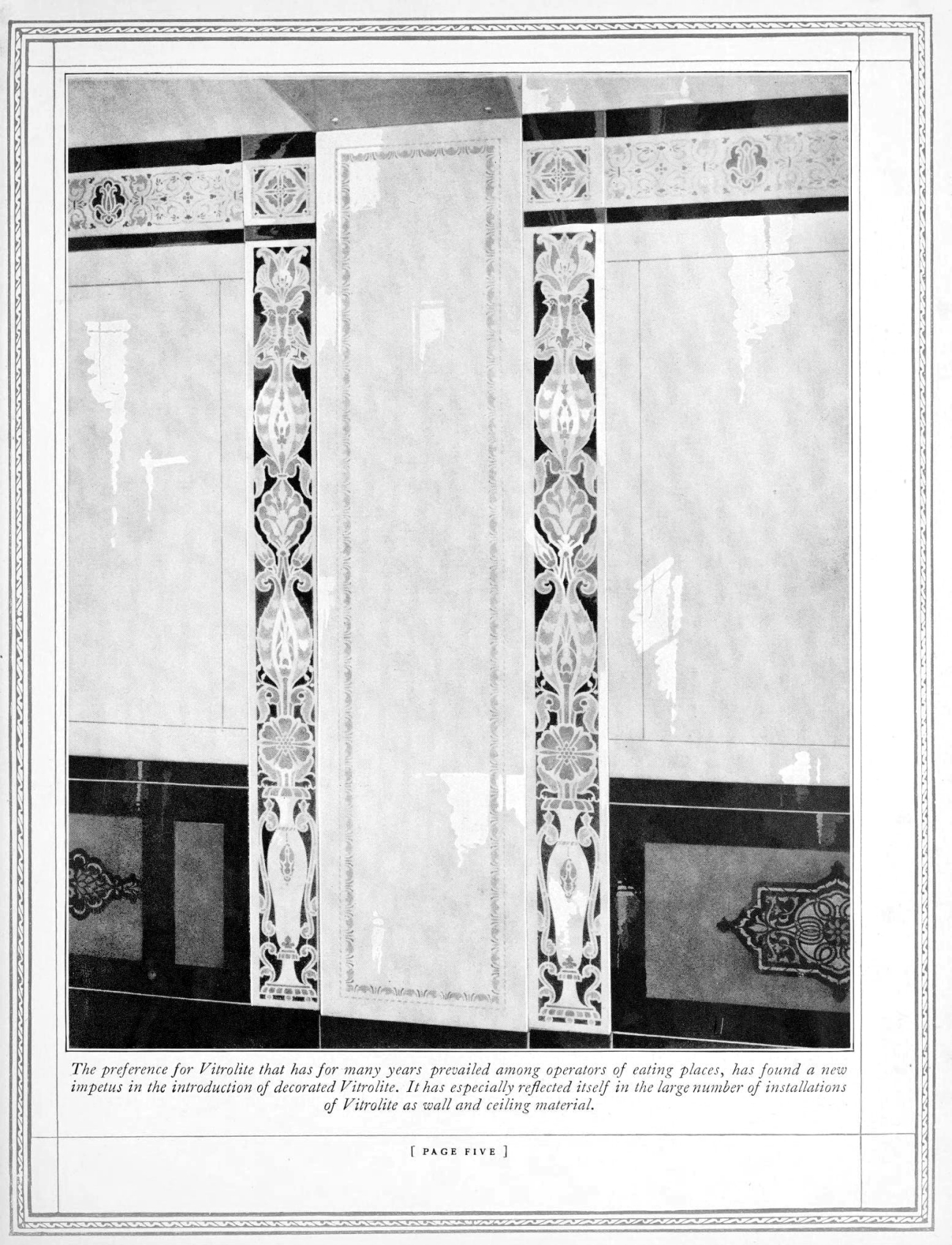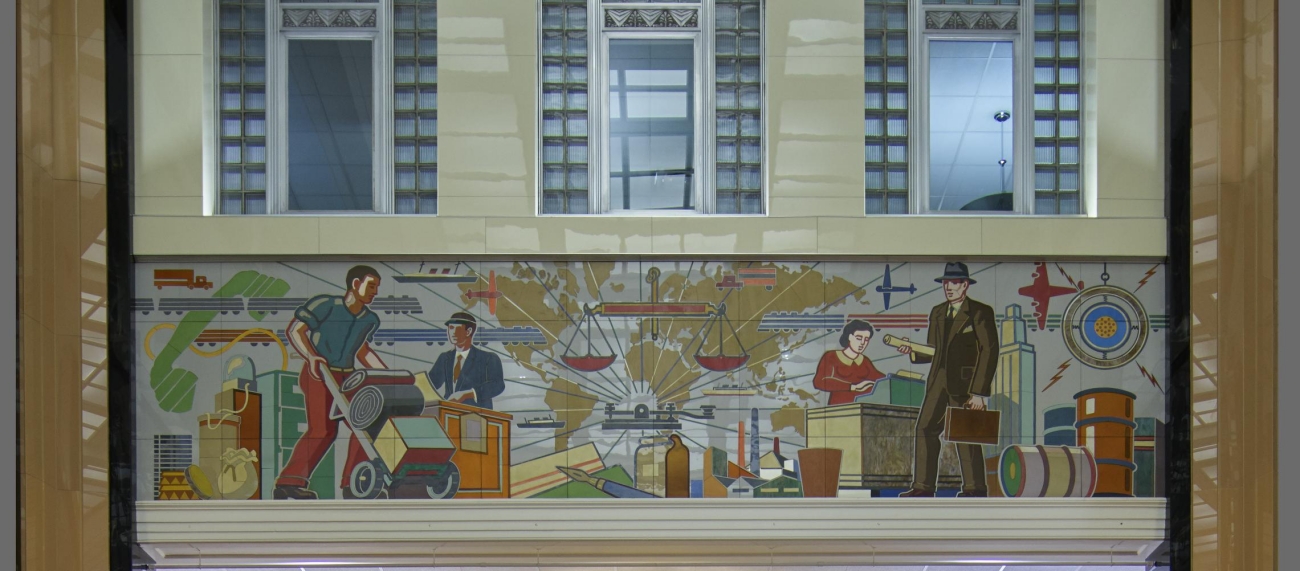Vitrolite- The Wonder Material That’s Now Almost Extinct
By the 1950s it was already passé.
For all our love of old houses and original fixtures the one thing that doesn’t often come up in research is Vitrolite (also spelled Vitralite). Which is strange because it was once considered a wonder material that could transform spaces by adding sleek design and lasting beauty. The problem is that no one makes this material anymore, and as old buildings are torn down or remodeled these lovely glass fixtures get thrown away or destroyed.

It’s no secret that the pink tiled bathrooms of yore are a niche feature that some homeowners happily embrace but which most immediately demolish. But, these are usually tile. Vintage pink bathrooms (and kitchens) are rare, but even rarer are Vitrolite-tiled spaces.
So What is Vitrolite?
It’s a strong and extremely smooth glass tile that was produced starting in 1900. This glass product was initially marketed as a sanitary replacement for marble as it is both stronger and less absorbent than natural stone. At this time in history more and more homes were getting indoor plumbing and electricity. The time was right to sell a product like this. Modern bathrooms were also being designed in order to keep germs at bay.

It wasn’t until the late 1800s that germ theory was understood and it caused a strong demand for materials that could be wiped clean or scrubbed without damage. Enter in this pigmented structural glass (the official name for these tiles).
In addition to the large tile shapes there were countertops, fixtures, baseboards, and large decorative wall panels made in this material. Another popular use in the 1930s was to use the tiles on exterior storefronts. This created an extremely smooth and modern appearance that we still associate with the era to this day. As an added feature letters or logos could be baked onto the surface, making them ideal for shops and businesses. These colors would not fade in the sun or become damaged by the elements, so it was a winning combo.

How Can You Identify These Tiles?
The types of Vitrolite that are commonly found in home baths and kitchens are larger than most ceramic or concrete tiles. They also are extremely slick and reflective, far more so than regular tiles. They also are very smooth, with no change in texture or height at the edge of the tile. They also don’t need thick grout so the overall look is very finished as the tiles can be set close together.
Vitrolite came in a range of colors and at the height of popularity in the 1930s and 1940s (and late enough that some remain with us still) many of the hues reflect the color trends of that era.

One of the most popular was a Jadeite green color, but they also made faux stone, gradients, and all kinds of colors from pinks and white to plum and navy- basically just about any color you could imagine. Most tiles were opaque, but translucent ones were also available.
The earlier decorative tiles of the 1900s-1910s recalled the intricate paneling and etched mirrors that were popular in 18th century Europe. But, the most popular tiles were from the 1930s and are now forever associated with the Art Deco or Streamline movements.

There were many makers of this product, with Vitrolite using a series of grooves on the back of their tiles to better help it adhere to surfaces (using adhesive). A competitor named Carrara used a mottled and rough texture on the back of their tiles instead. Other names for this type of product were Sani Onyx, Sani Rox, Vitreous Marble, Opalite, and Gladstone- among others.
In the 1950s popularity had declined and production had dwindled. The tiles, while stronger than marble, were still breakable and could develop scratches. By the end of the 20th century production was almost nonexistent and the tiles are not made today. However, some restorers do sell vintage stock of the tiles.

Sadly, many people learn about Vitrolite by finding pieces of the brilliantly-colored tile fragments washed up on beaches and shores. If you ever find some lovely glass with ridges on the back this could be Vitrolite. And, if you come across these tiles in your home you’ve hit the jackpot as they are extremely rare these days!
SKM: below-content placeholderWhizzco for DOT

